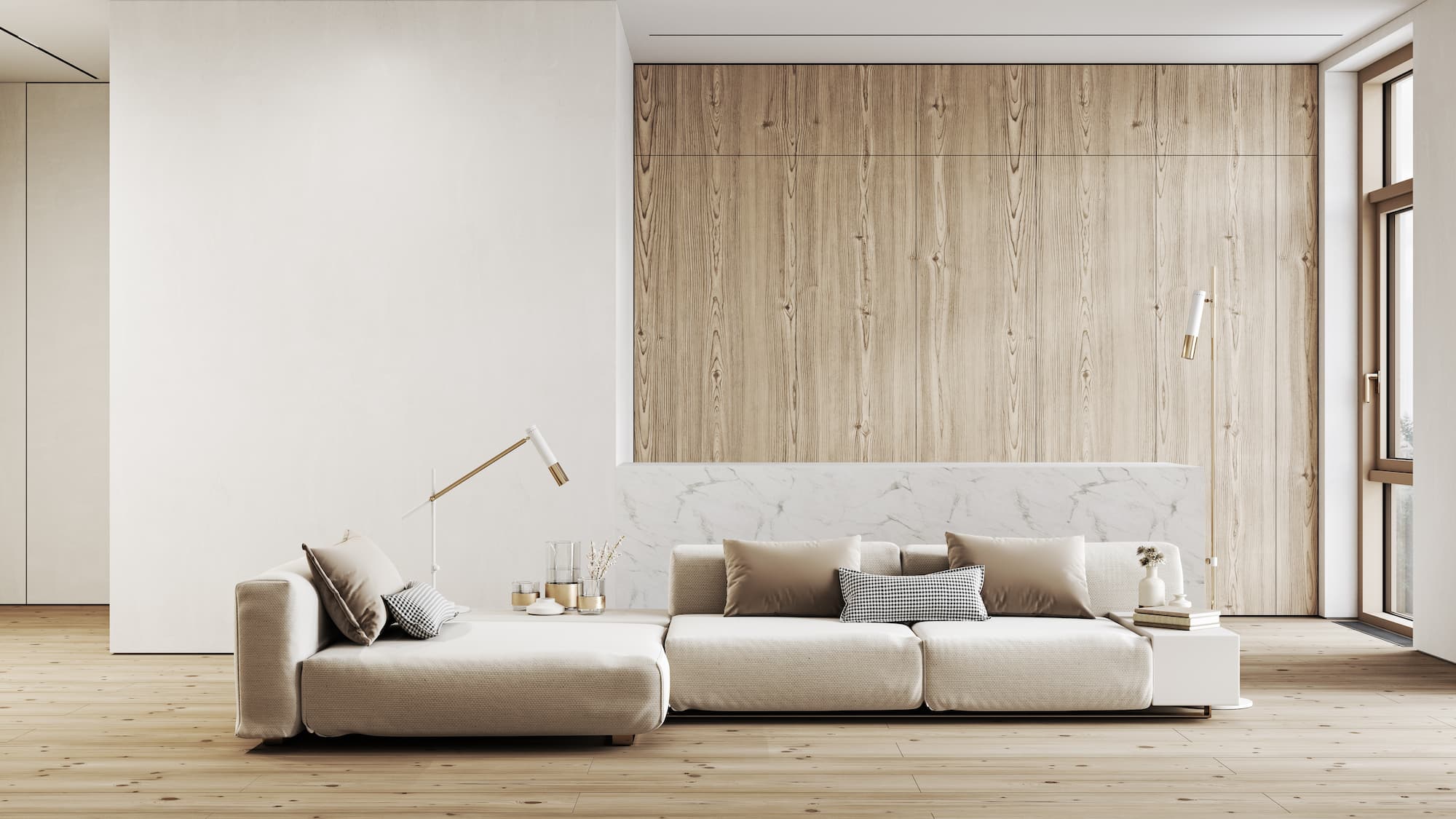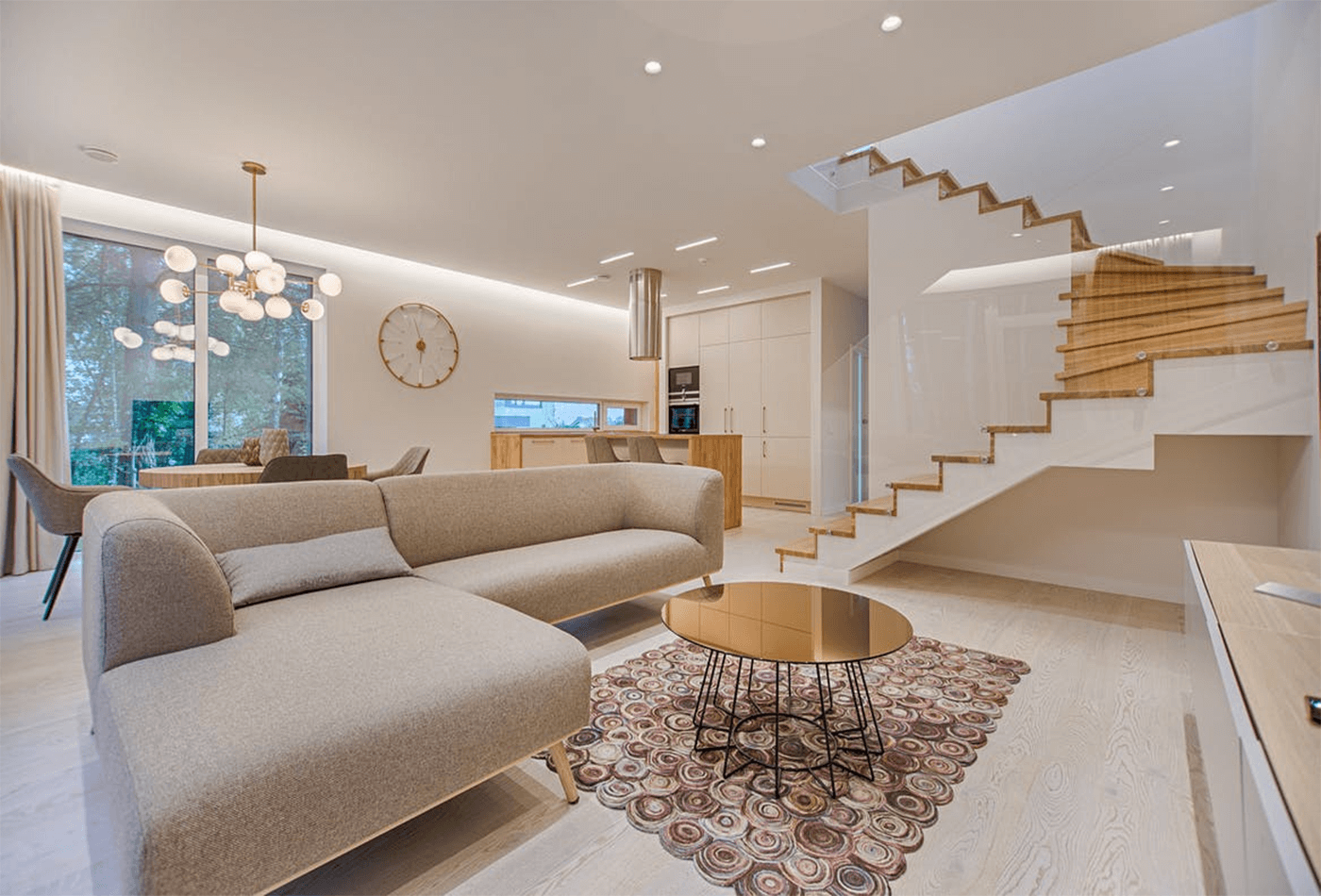Find an expert Architecture Firm for residential and commercial projects.
Find an expert Architecture Firm for residential and commercial projects.
Blog Article
Transform Your Home With Essential Concepts of Interior Decoration and Looks
By recognizing the impact of color theory and the relevance of appearance and patterns, one can create areas that are not only aesthetically appealing yet additionally deeply individual. Accomplishing this equilibrium involves even more than plain design; it includes a critical setup and a keen understanding of exactly how each element communicates within a space.
Recognizing Shade Concept
Color concept is a fundamental facet of interior design that substantially affects mood, perception, and general visual. Recognizing the principles of shade concept permits developers to develop areas that reverberate emotionally with residents while satisfying functional requirements (luxury interior design). Colors can be classified right into 3 primary kinds: main, second, and tertiary. Each group plays a vital role in developing consistency within a space.
The mental impact of colors is profound; cozy hues such as reds and oranges evoke energy and heat, while trendy tones like blues and greens advertise calmness and tranquility. In addition, the usage of complementary shades enhances visual rate of interest, creating striking contrasts that can elevate a space's charm.
Neutral colors, on the other hand, act as a flexible background, permitting other style aspects to shine. It is necessary to take into consideration aspects such as illumination and the space's purpose when picking a shade combination, as these can alter the understanding of shades throughout the day.
Inevitably, a well-considered color system can change a space, fostering a sense of comfort and design that lines up with the citizens' preferences. Mastery of color concept is, therefore, an essential ability for any type of indoor designer aiming to create unified and welcoming atmospheres.
Attaining Balance in Layout
Exactly how can designers attain a sense of equilibrium in their areas? Accomplishing equilibrium in layout is basic to producing harmonious insides. Developers can utilize three primary kinds of equilibrium: in proportion, unbalanced, and radial. Balanced balance entails organizing components equally around a central factor, fostering a feeling of order and harmony. This type often features pairs of furnishings or artwork, enhancing visual stability.
Unbalanced balance, on the various other hand, depends on differing components that still attain a cohesive appearance. This method enables more vibrant and informal setups, providing interest while keeping equilibrium. By thoroughly choosing differing sizes, shades, and structures, designers can develop an aesthetically engaging area that feels balanced yet energised.
Radial equilibrium stresses a central focal factor with elements emitting outside. This style is frequently seen in circular layouts, where furnishings and style create a natural border that draws the eye inward.
Inevitably, accomplishing balance requires thoughtful factor to consider of range, proportion, and the partnerships in between elements. miami interior design. By masterfully applying these balance principles, developers can transform spaces into environments that feel both visually pleasing and functionally unified, improving the total experience for owners
Value of Spatial Recognition

A keen sense of spatial recognition enables designers to identify prime focus within a room, directing the audience's focus to crucial functions while keeping an overall feeling of unity. It also assists in the strategic positioning of lights, which can significantly influence the assumption of room and state of mind. Moreover, comprehending spatial partnerships enables the designer to accommodate the details demands of citizens, ensuring that each area serves its designated function without jeopardizing visual appeals.
Ultimately, spatial recognition is critical for maximizing the potential of any kind of interior room. By meticulously taking into consideration the interaction between measurements, format, and function, designers can develop settings that not just satisfy practical requirements however also stimulate a feeling of comfort and appeal, boosting the general living experience.
Including Appearance and Patterns
Welcoming a varied variety of textures my sources and patterns can significantly enhance the this link visual and tactile charm of an indoor space. The strategic use different products-- such as wood, metal, textile, and stone-- creates depth and passion, making a room really feel a lot more inviting and dynamic. Incorporating smooth surfaces with rough textures can establish an equilibrium that draws the eye and involves the detects.
When integrating patterns, take into consideration both scale and repeating. Large patterns can act as centerpieces, while smaller, refined styles can complement various other elements without frustrating the space. Layering patterns, such as pairing floral cushions with candy striped tosses, adds intricacy and a feeling of harmony if carried out attentively.
It is additionally important to keep a natural color scheme, guaranteeing that textures and patterns collaborate instead of contend for interest. By selecting a few crucial appearances and patterns, you can produce a merged aesthetic that shows your personal style while improving the overall setting of the space. Eventually, the cautious consolidation of these elements can change a mundane room right into an innovative atmosphere abundant with character and warmth.
Personalizing Your Room
Producing a space that mirrors your individuality is vital to accomplishing an absolutely welcoming environment. Personalization in indoor style permits you to instill your distinct design and interests into your home, transforming it from a plain sanctuary right into a sanctuary that talks to who you are. Begin by choosing a shade combination that reverberates with your emotions-- bold shades can stimulate, while soft tones supply peace.
Integrate art work and style that show your enthusiasms, whether it be travel, nature, or abstract ideas. Presenting personal collections, such as publications, photographs, or souvenirs, can stimulate valued memories and develop prime focus within a space. In addition, consider tailoring functional items, like upholstered furniture, to line up with your visual preferences.

Verdict
In verdict, the transformation of a home via the crucial principles of interior decoration and looks necessitates a detailed understanding of color theory, equilibrium, spatial awareness, structure, and customization. Each component contributes dramatically to developing an unified and useful living atmosphere - Architecture Firm. By thoughtfully incorporating these concepts, people can improve the aesthetic allure and psychological resonance of their areas, eventually promoting a home that mirrors one-of-a-kind identifications while giving comfort and functionality
Report this page